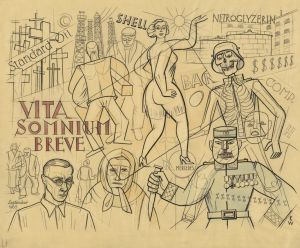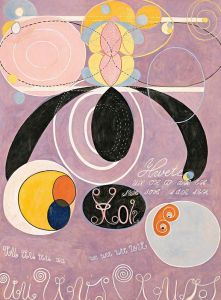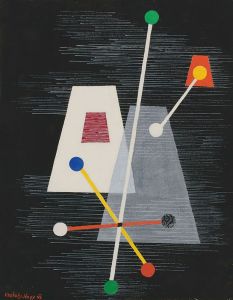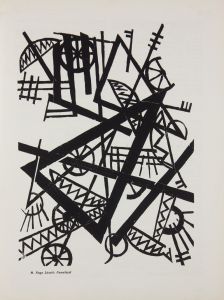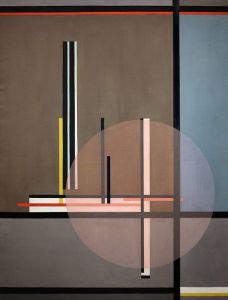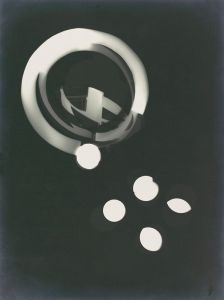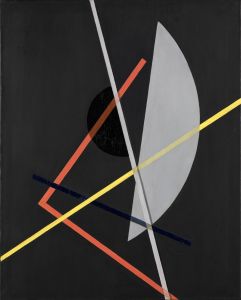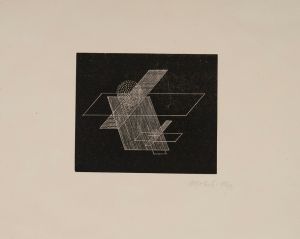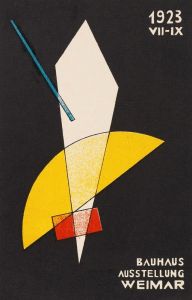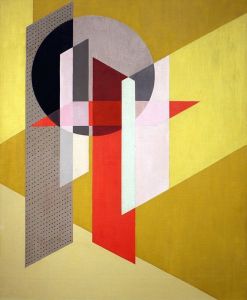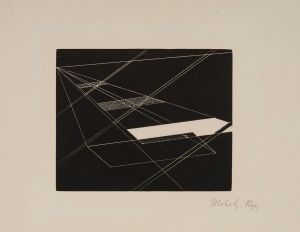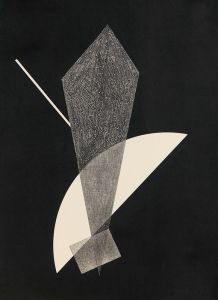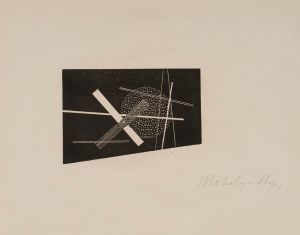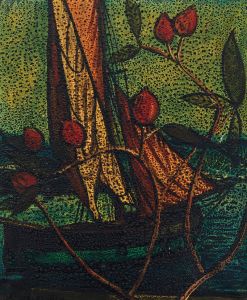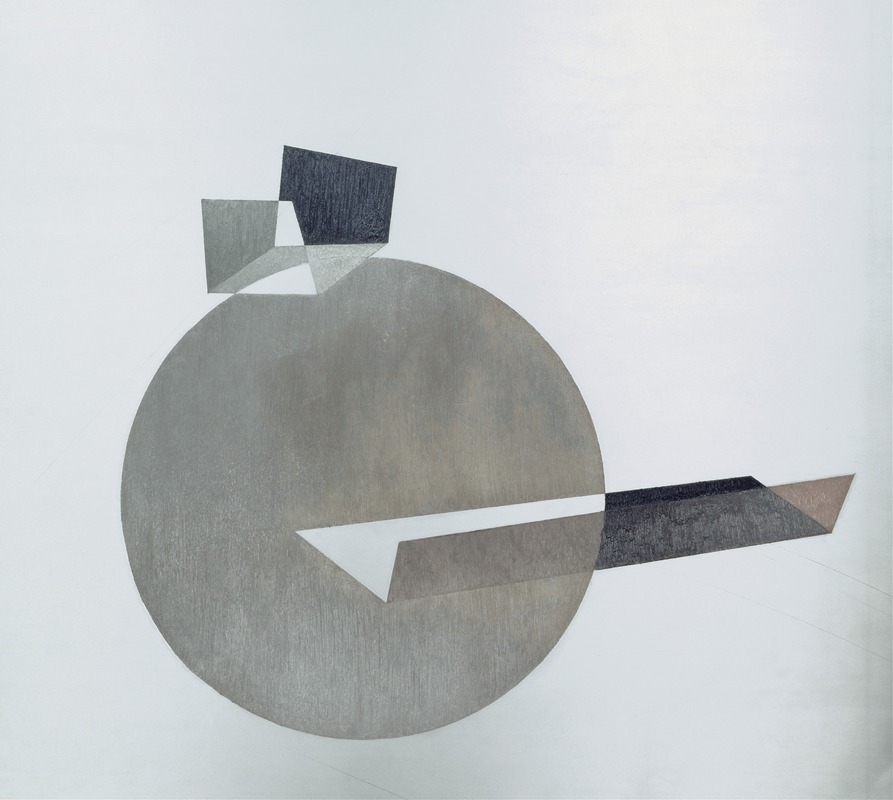
L.AL I
A hand-painted replica of László Moholy-Nagy’s masterpiece L.AL I, meticulously crafted by professional artists to capture the true essence of the original. Each piece is created with museum-quality canvas and rare mineral pigments, carefully painted by experienced artists with delicate brushstrokes and rich, layered colors to perfectly recreate the texture of the original artwork. Unlike machine-printed reproductions, this hand-painted version brings the painting to life, infused with the artist’s emotions and skill in every stroke. Whether for personal collection or home decoration, it instantly elevates the artistic atmosphere of any space.
L.AL I by László Moholy-Nagy is a painting created by the Hungarian artist and Bauhaus teacher László Moholy-Nagy. Moholy-Nagy, a key figure in the Constructivist and Bauhaus movements, was known for his innovative approach to art and design, often integrating technology and industrial materials into his work. L.AL I is an example of his exploration of abstraction, geometry, and the interplay of light and space.
The painting, created in 1922, reflects Moholy-Nagy's interest in Constructivism, a movement that emphasized geometric abstraction and the use of modern materials. L.AL I is characterized by its precise geometric forms, clean lines, and a composition that suggests movement and dynamism. The work demonstrates Moholy-Nagy's fascination with the relationship between form and function, as well as his belief in art's ability to merge with modern technology and industry.
L.AL I is part of Moholy-Nagy's broader body of work that sought to break down traditional boundaries between fine art and applied art. His experiments with painting, photography, sculpture, and graphic design were all part of his effort to create a new visual language for the modern age. The painting is notable for its use of a limited color palette, often incorporating shades of black, white, and primary colors, which was a hallmark of the Constructivist aesthetic.
The title, L.AL I, is typical of Moholy-Nagy's naming conventions, which often used abstract or alphanumeric titles to emphasize the universal and non-representational nature of his work. The painting is considered an important example of Moholy-Nagy's early Constructivist period, during which he was heavily influenced by the Russian avant-garde and the Bauhaus philosophy of integrating art, technology, and design.
Today, L.AL I is recognized as a significant contribution to 20th-century abstract art. It exemplifies Moholy-Nagy's innovative approach and his commitment to exploring new artistic possibilities. The painting is housed in the collection of the Kunstmuseum Basel in Switzerland, where it continues to be studied and appreciated by art historians and enthusiasts alike.
This work is a testament to Moholy-Nagy's enduring influence on modern art and design, as well as his role in shaping the visual culture of the 20th century.





